On This Day…May 22nd.
The HMS Glouster was lost today following a series of catastrophically poor decision making and terrible communication. While the battle of Crete was raging on May 22nd, the Glouster was assigned a role in preventing a German Sea-landing despite being desperately low on ammunition and the skies under total command of the Luftwaffe.
The Glouster had been attacked several times and seemed destined to survive whatever was thrown at her. Sadly this was not the case.
Ted Mort, was eighteen-years old when Gloucester went down.
'The time came to abandon ship. Me and a boy called Donald Allen grabbed a canteen door, which was hanging off, threw it in to the sea and dived in after it. The next thing I remember was the planes machine gunning us and we both dived under water but Allen didn't come up again. I saw a patch of blood in the sea and knew he was gone. I was convinced that I too would be killed. The planes kept coming in at such low levels that at times you could see the pilot's faces. I saw some bombs dropped that I think were incendiaries, which were intended to set the oil alight. I was about half a mile from Gloucester when she went down. She turned over for some time, then stood on end before she finally sank. It was a horrible feeling, watching my home going down and being alone, floating on the canteen door'.
Roger Heap was the only serving officer on board the Glouster to survive - as noted above, survivors were heavily machine-gunned in the water. Interred in Malag prison camp after being rescued by the Germans, Roger met and befriended Jack Croasdaile (captured by the Germans in the invasion of Norway).
Roger was Navigating Officer (Lt Cdr) on the HMS Gloucester when she was sank and told Jack, an accomplished artist, of his experiences as the ship was attacked and drowned by dive-bombers. A German guard, knowing of Roger's connections with the Glouster, gave him a magazine as it contained an article about the sinking of the cruiser. The piece ncluded a photograph taken from a Stuka as it dived on the Gloucester (which, as can be seen above, was swerving to avoid the bombs). Using the photograph, Jack painted a watercolour of the incident.
In April 1943, Roger was transferred to Colditz where he spent the rest of the war. When the war ended, for some time the panting remained in Marla before finding its way back to Jack, who in turn sent both the watercolour and the original magazine to roger.
In just over a year in the Mediterranean from ‘41 to her end in ‘42, the Glouster had lost at least 736 men.
Consolidated PB4Y-1 at Naval Air Station Port Lyautey (Morocco) on May 22, 1944.
The German battleship, Admiral Graf Spee at the Spithead Naval Review, in southern England, 22nd of May, 1937.
B-17E Fortress ‘Sally' at 7-Mile Aerodrome, Port Moresby, New Guinea, May 22nd, 1943. This was the personal transportation aircraft for LGen George Kenney (commander of Allied Air Forces, Southwest Pacific Area, and responsible for bringing Ira Bong to the Pacific theatre).
US Marines taking cover behind an M26 Pershing tank, near Hongcheon, Korea, 22nd May, 1951.
Bf109 G6 of 9.JG52 in Caselvetrano, Italy on May 22nd, 1943.
Gen. Adolf Galland, commander of German Fighter Command, flies the Messerschmitt Me 262 (V4) jet fighter and presses for its development. This version was still a tail dragger and would not be developed into the classic tricycle format until Version 6.
McDonnell F101 Voodoo in Lakenheath, England, May 22nd, 1965.
Around 21.00hrs on 22nd May 1940 this 83 Squadron Hampden aircraft took off from Scampton, England, for a mission to France, L4055 (believed to have been attacking targets around Rouen in advance of the German invasion of Belgium and France).
All the aircraft on sorties that night were recalled due to deteriorating weather over the English airfields, but one aircraft failed to receive the recall singal and went on to bomb the target as specified.
As the aircraft returned to Northern England the weather closed in, and while flying in thick fog the aircraft crashed on return to the UK at around 14.00hrs on high ground near the hills of the Peak District. All crew members died in the crash.
Pilot - Sgt Stanley William Jenkins RAF (580289), aged 23, of Rotherham, Yorkshire.
Observer - Sgt Peter William Josse RAF (359518). Of Yorkshire.
Air Gunner - Sgt Alan Marsh RAF (580966).
Wireless Operator / Air Gunner - AC1 Willie Thornton RAF (625669), aged only 19, of St Helens.
French soldiers examine the remains of a German light bomber Heinkel He 111, after it was shot down. Still with some fight, France had not fallen quite yet.
Messerschmitt Me 262A1a (JV44-White 22) Salzburg Austria May 1945.
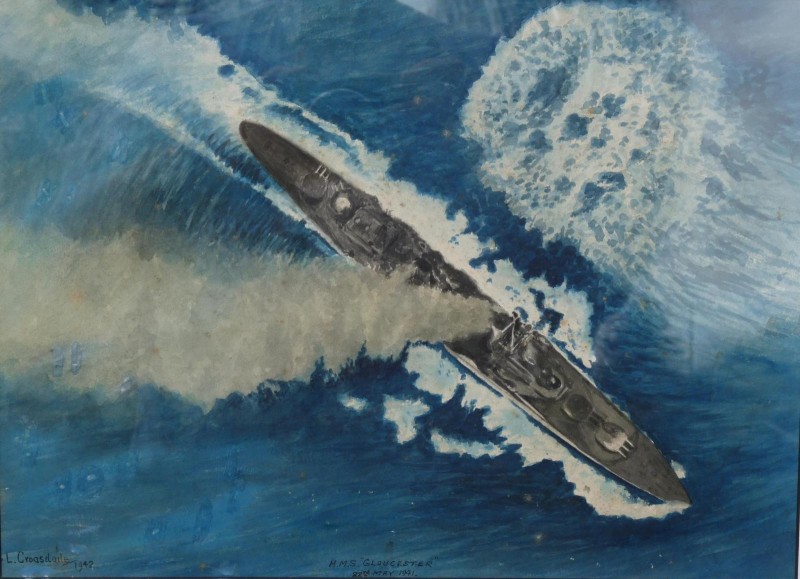

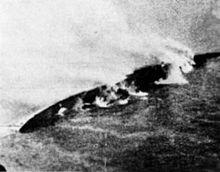

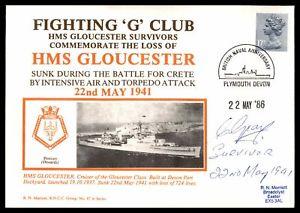
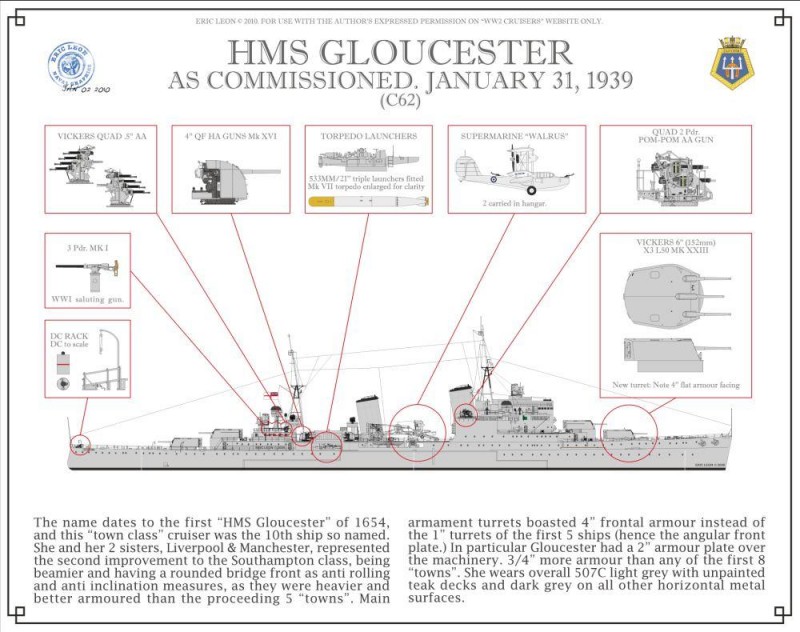
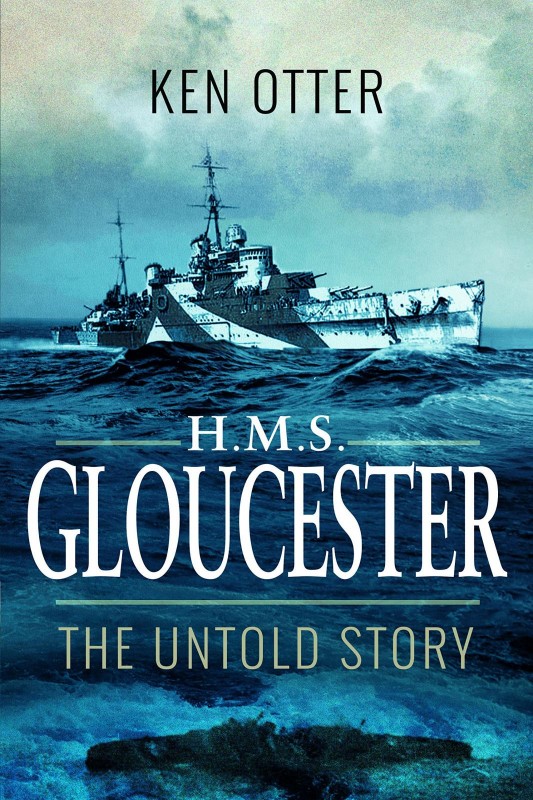
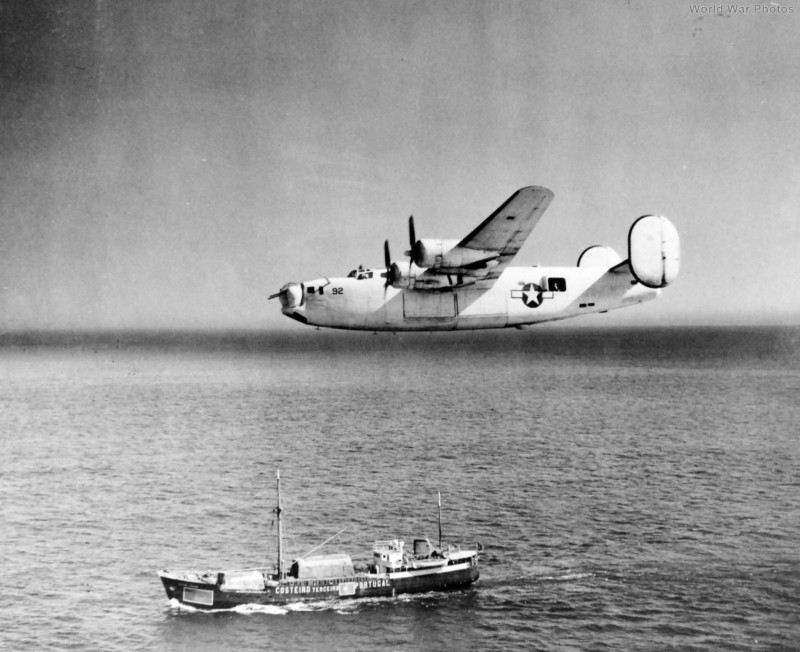
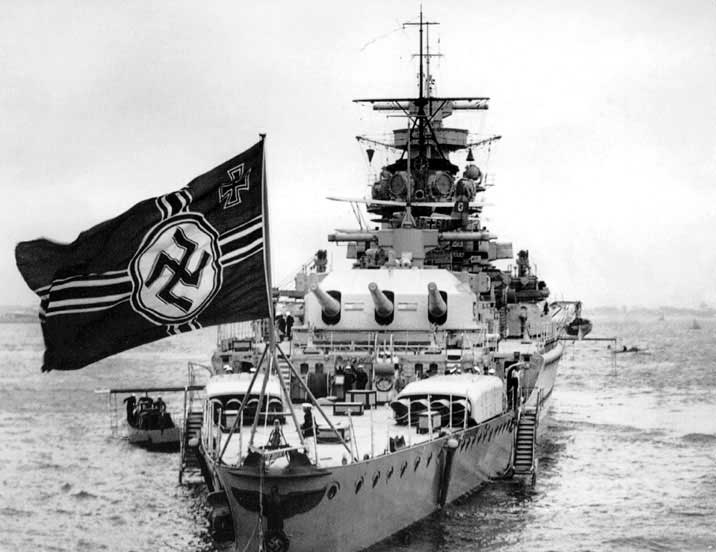
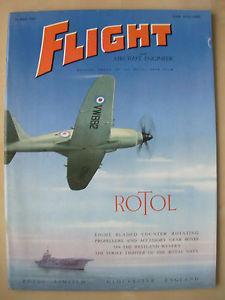


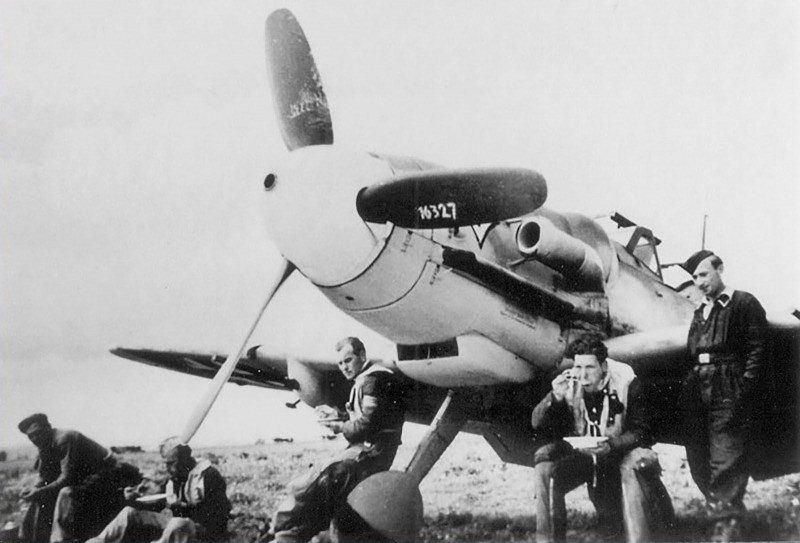
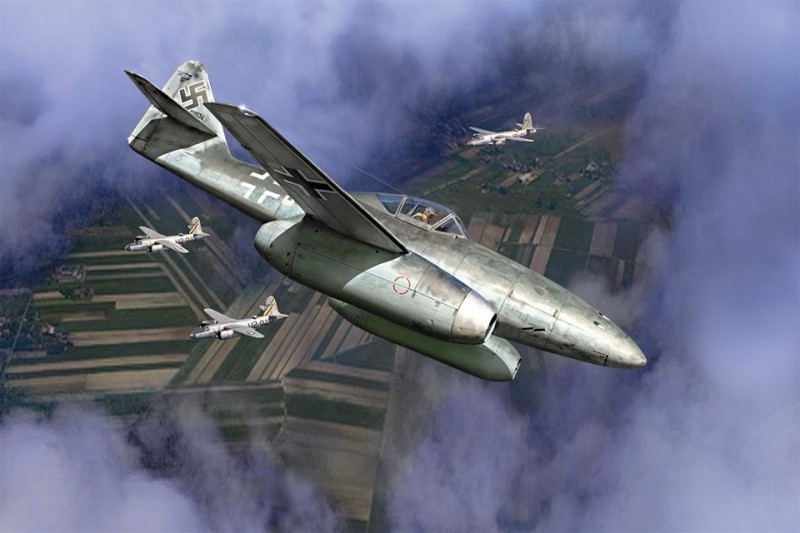
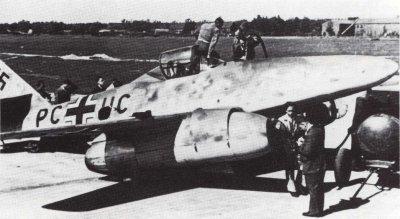
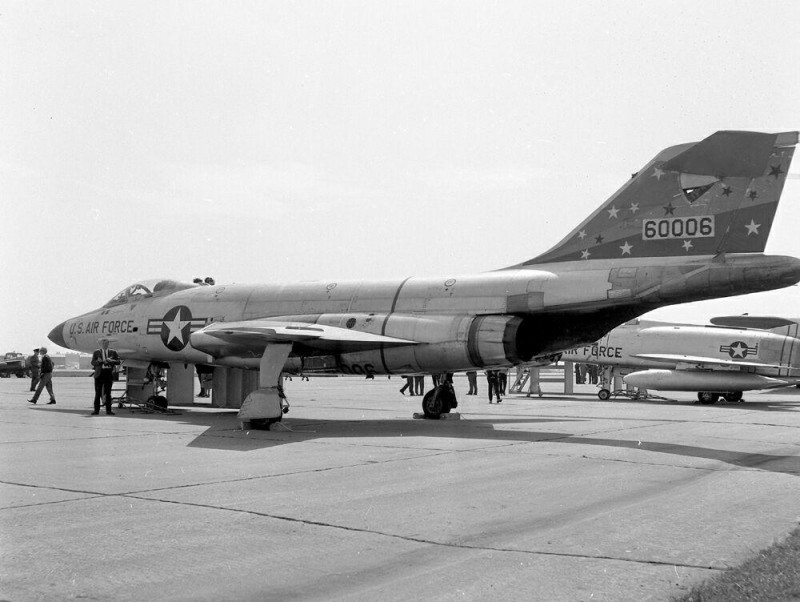
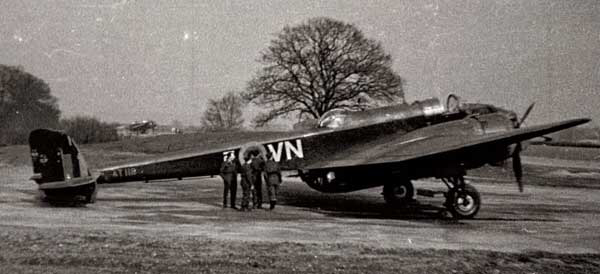

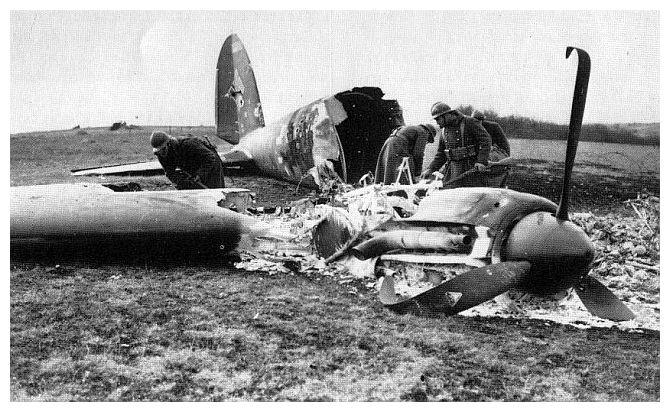
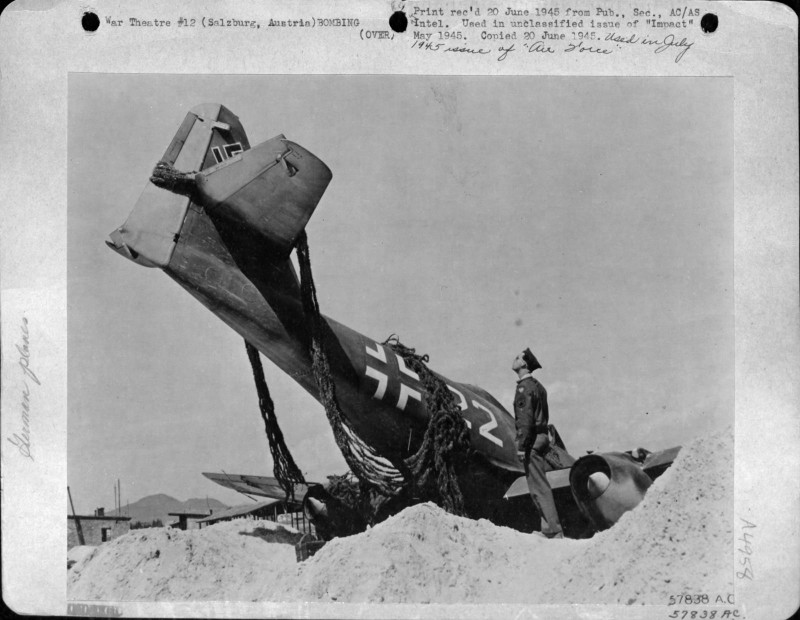
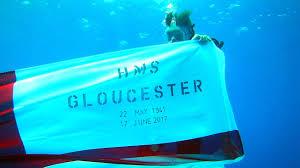
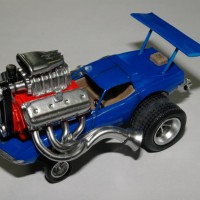
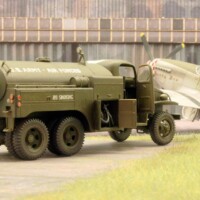


Super fine reference photos... A daily must 🙂
Thanks, Manuel. Very pleased you are enjoying the series.
Another excellent article David. The last underwater photo puts another whole perspective on the events that happened on this day... Freedom is not free.
Thanks for being a constant reader, Louis, it’s much appreciated. The nature of war is by definition includes horror and sacrifice, but there is something deeply, deeply distasteful about the way some of the British Admiralty seemed to view the men of the Navy as expendible ‘collateral’.
Unfortunately this happened all too often and not just in the British Navy. Take a quick look at the Banzai charges in the Pacific. Or how the Soviets sent men into combat against the Germans without a weapon. They were told to pick one up from a fallen comrade. If they retreated they would have been shot. By their own side.
Then look at what happened in and around Berlin in 1945. Numerous people, military and civilian alike were strung up on telephone poles or the few remaining trees with signs around their necks listing them as traitors. Some were just children.
The Chosin Reservoir, Old Baldy, Porkchop Hill, Iron Triangle, White Horse, Punchbowl.
Hamburger Hill, Ia Drang Valley...
The Somme, Passchendaele, Verdun and Flanders,
Gettysburg, Nashville, Bull Run, Shiloh, Manassas.
Lexington, Bunker Hill, Brandywine...
And this is from just a little of the last few centuries. It’s been going on throughout our history of civilization.
I could go on for hours with the list.
Sad.
Every model built is a tribute, Louis.
the Hampton looks so awesome on the ground...much prettier than in the air...would look great all black
She’s a funny one, Bob - that skinny little tail and the big nose, with those ‘Mossie’ wings. Not at all pretty, but as a modeler, I’d sure like to build one.
@p38j
must...build...voodoo...
Gotcha, Greg!
Great article David. I don't always comment but I always read them!
Well, I really appreciate you leaving this comment. I’m glad you are enjoying the thread, it’s evolved a bit since the first post last October, and if anything I’m enjoying it more now than ever.
I dont suppose I’ll know what to do with the time when it comes to end the series in a few months. Could take up a hobby I suppose. If anyone has any ideas...
@dtravis
You might want to build a model of a ship when the time comes. The Indianapolis comes to mind ... you can even tie it in with the “Orca” build since Captain Quint was a survivor from the Indy in the story line...
I sincerely appreciate this daily journal. Maybe I’m being a little selfish, but I hope that you decide to continue doing the article for a long time in the future.
It makes my day and I really enjoy reading it. Like Travis mentioned, I may not comment on each day, but I stop by and read it every day.
Thank you very much. I sincerely mean that.
Oh. Build the ‘Indianapolis’? Never crossed my mind, Louis. But now that you mention it, I can now officially blame you for ‘permission to board’ on that project...
Permission granted ! For some reason I don’t believe that it didn’t cross your mind. I know that you have been patiently waiting for this one to start.
I’ll gladly take the heat and all blame for that one ... looking forward to seeing your work on this one.
Great post, David. The F-101, Part of the Phantom family lineage.
And not a carrier in sight, Robert.
Oops...
Navy F-A-18E Super Hornet assigned to Strike Fighter Squadron (VFA) 147 launching from the flight deck of the aircraft carrier USS Nimitz (CVN 68) May 22, 2013, in the South China Sea.
@roofrat
That shot REALLY shows the difference in the size of WWII Carriers compared to modern day carriers. An FA-18E wing span is 44'-8 1/2" (13.62m) whereas an SB2C Big Tailed Beast has a wing span of 49'-9". The new decks are HUGE compared to the Legacy ships.
Ahhh, David. Thanks again for my daily dose of history class. I was gone for a week, but when I got back I caught up on every OTD I missed. Thanks again.